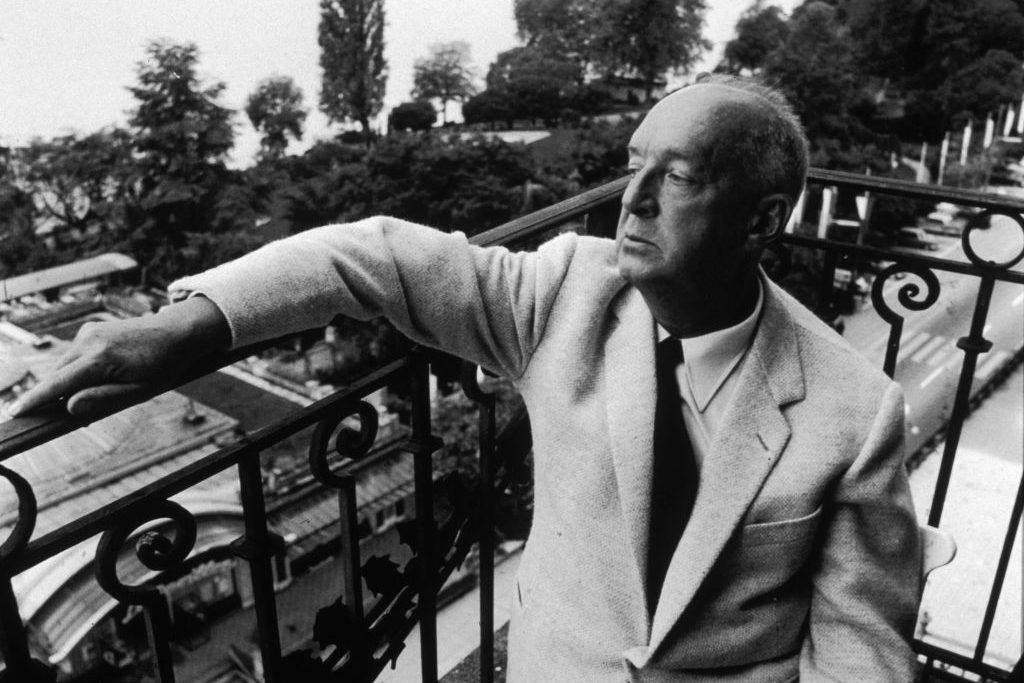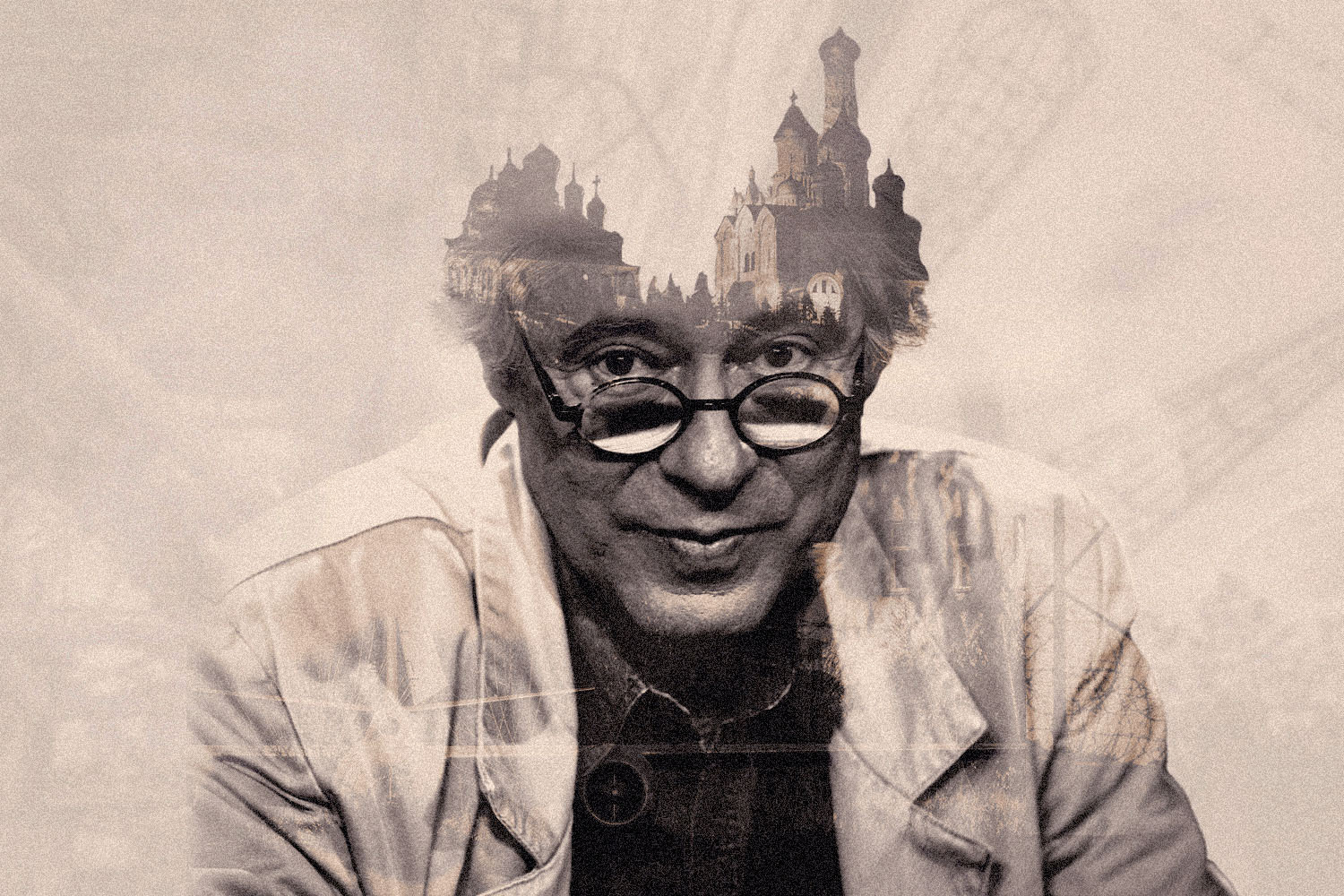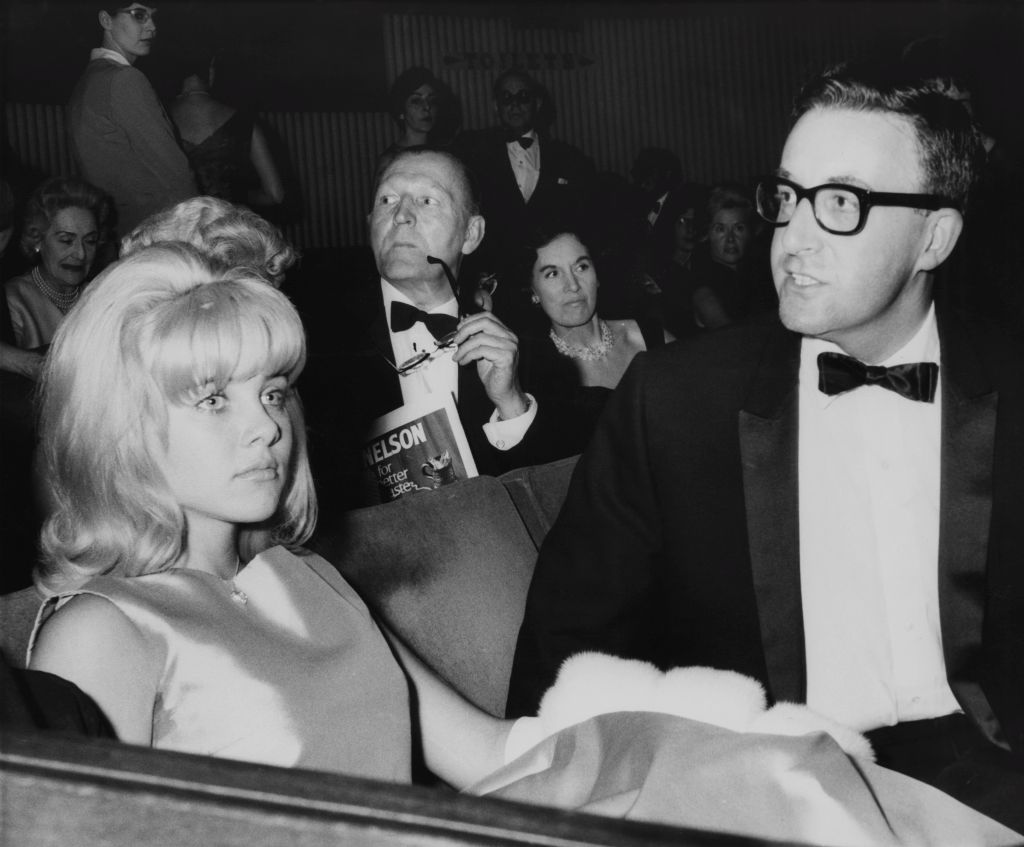Some writers prove themselves capable of writing stunning prose in a single language. Vladimir Nabokov is one of a handful of writers to do so in two: he began his career writing in Russian, and later switched to English. It’s one of several reasons why Nabokov’s literary reputation has endured for decades after his death and is likely to endure for many more.
As it turns out, though, his skills at prose aren’t the only way he explored language in a new way. A recent article by Emily Temple at Literary Hub notes that Nabokov was also one of the first people to think of the potential of emoticons — in 1969.
Temple’s article points out that the emoticon’s origin is generally considered to be in the year 1982, when the iconic smiley face was first used in an online exchange. In 1969, however, Nabokov was fielding a number of questions from The New York Times, and responded with a meditation on typography.
“I often think there should exist a special typographical sign for a smile — some sort of concave mark, a supine round bracket, which I would now like to trace in reply to your question,” Nabokov wrote. As Temple observes, that’s not too far removed from the emoticons of a later decade. Chalk it up to one way in which Nabokov was ahead of his time.
Thanks for reading InsideHook. Sign up for our daily newsletter and be in the know.

















